The Pilipino as an American
July 4 is America’s birthday. Commemorating the Declaration of Independence of the United States from the British monarchy in 1776, it is a celebration of unity, freedom, and independence.
At 244 years old, the United States of America is a very young country. Is it too young to have a firm grasp of and deal with its own history and its share of committed atrocities and oppression, first and foremost to the native people of this land and African Americans?
With its desire for imperial power, the United States of America in 1899, with its declared values of unity, freedom, and independence, commits the atrocious irony of subjugation as it took hold of the Philippines as its first colony along with Guam, Puerto Rico, Hawaii, and Cuba.
The ongoing effects of this oppression and influence are still strong. These acts gave way to the displacement of populations, the making of people adept in American culture, and the development of the Pilipino American diaspora.
Calica Family, c. 1940 (left to right) Buddy Rillera, Rudy Caluza Calica (Holly’s father), unknown girl, Blas Cacdac Calica (Holly’s grandfather), and Ben Caluza Calica (Holly’s uncle). Photo courtesy of Holly Calica and Family.
Pilipino Americans, locals and immigrants alike, are a people made up of complexities. This is the core of what Kularts, its artists and programs, does—to unravel this complex history of the diaspora by exploring it through different ways and perspectives in order to unpack the intricate threads of postcolonial consequences that bind us. By doing so, we, as a people, gain a better understanding of ourselves, re-view our past, and imagine our brilliant future.




